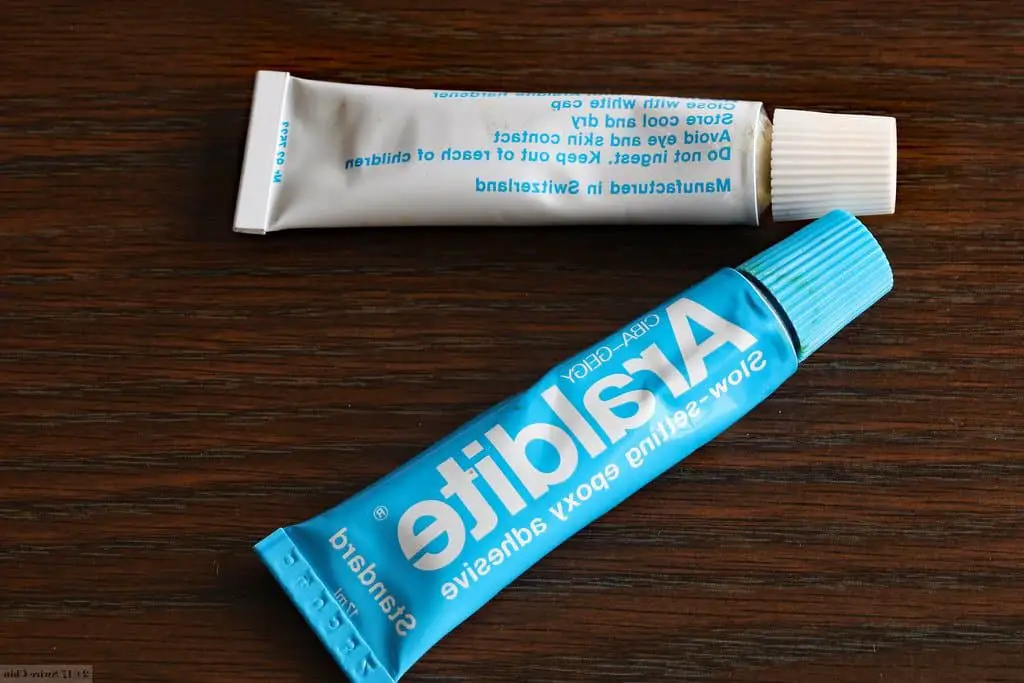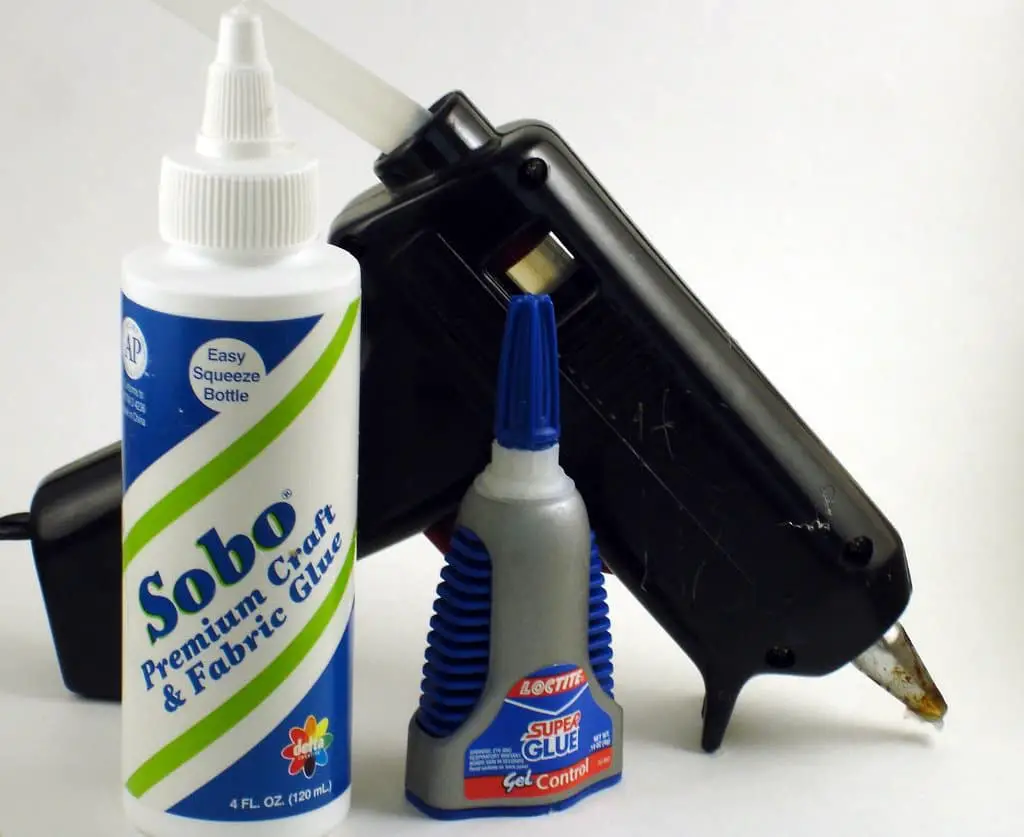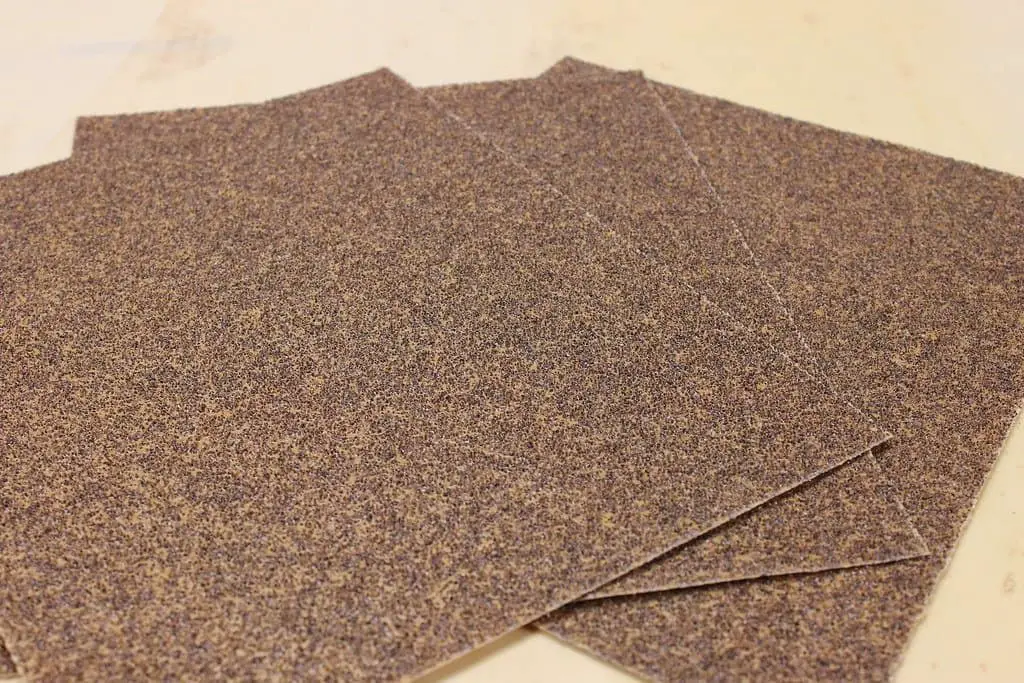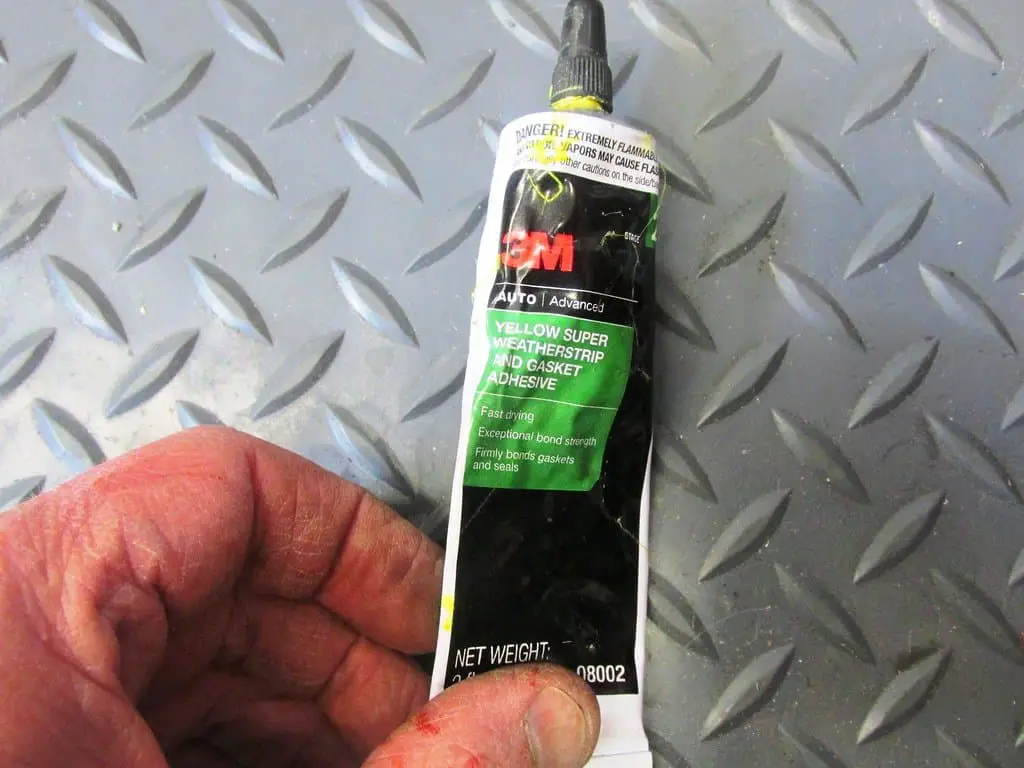Welding is the most common method for solid bonding between brass and brass. However, in many cases, welders are forced to use adhesives to fix this metal.
Due to the particular brass structure, care must be taken to select the correct adhesive and complete the appropriate treatment steps.
If you are curious about how to glue brass to brass, find the answer through the article below right now!
Things You’ll Need
Using adhesive to attach brass to brass is not a very popular option. So, quite a few people have difficulty preparing the necessary tools.
If you are also struggling with the same problem, immediately refer to the information below.
Adhesive

While glue isn’t the most common way to bond brass, you have a few options using this method. Here are some of the effective ones you should consider.
Epoxy Resin
It’s not hard to find epoxy resin adhesives in grocery stores. This type is also relatively cheap but very effective.
For a durable connection, you will have to clamp the metal pieces for many hours after applying the glue. You also need to adjust the amount of filler to keep the adhesive mixture from thickening or watering.
Although there are quite a few things to keep in mind with this type, epoxy resin is still the most popular choice for bonding brass to brass because of its low cost.
Acrylic metal glue
Acrylic metal glue is not so every day. Yet, it is the perfect adhesive for brass and many other metals. In addition to the advantages, you must consider safety and clamping force to get a stable connection.
Polyurethane glue

Polyurethane adhesives are no longer so strange to artisans. This glue creates an excellent bond to ensure aesthetics.
It is pretty sensitive to pressure and humidity. You must be aware of this drawback to avoid applying polyurethane to unsuitable projects.
Sandpaper

You need to clean the surface to maximize the adhesion between brass and brass. Adhesive will work more effectively on rough surfaces.
And prepare sandpaper to sand the brass before starting the gluing operations.
The adhesive will not create a strong bond if the surface is oily and dirty. So, you must prepare alcohol/acetone to clean its surface thoroughly.
Besides the above essential tools, you may need to prepare extra gloves and glasses to keep them clean and safe during work.
How To Glue Brass To Brass? A Step-By-Step Guide
Once you’ve chosen the correct glue and tools you need, you can instantly bond your brass to brass by following these basic steps:
Step 1: Choose a suitable handling space

Your work area should be well-ventilated if you have a lot of metal to mount.
You can also cover your furniture with a layer of cloth or paper to prevent it from getting glued or dusted.
Then, please wear protective gear such as rubber gloves and glasses to avoid unwanted effects when using adhesive.
Step 2: Prepare the surface.
Don’t let your brass get too slippery before bonding. To create a strong bond, use sandpaper to create a rough surface.
Then don’t forget to use alcohol/acetone to remove oil and dirt from the brass. Remove the above factors, and your bonding process will no longer be hindered.
Step 3: Apply glue

Apply adhesive to previously sanded and cleaned surfaces. Different glues will require different amounts per square inch of surface.
Plus, some special adhesives also require mixing adhesives and additives with specialized tools. In these cases, read the user manual carefully to avoid missing important information.
Step 4: Hold the pieces
After applying the adhesive, keep your bond in place. Clamps are the ideal choice for fixing metal pieces and minimizing disturbance. If you did not prepare the clamp beforehand, you could also place a heavy object on the copper piece.
Each type will have a different curing time. Typically, two-component adhesives have a reasonably quick curing time, taking only about 15 minutes. Meanwhile, epoxy glue will need more time to set and cure.
FAQs
I had quite a few related questions when teaching my students how to mount brass to brass with glue. Here are answers to some frequently asked questions.
What’s the best glue to use on brass?
Cyanoacrylate Instant Adhesive is the ideal choice for metal-to-metal bonding, including copper.
Even on brass, this adhesive gives a more effective bonding ability than steel.
How do you weld brass together?
There are quite a few ways you can solder brass together. Of these, the simplest way is to use an oxyacetylene torch.
While welding brass with a torch, you should mix solder powder according to the standard recipe. Also, for a solid oxygen-rich flame, don’t forget to reduce the amount of acetylene in the mixture.
Can brass be stick welded?
In addition to using a torch, you can also weld brass with a soldering iron. But, this process will not give the most optimal results. Only ARC welding with shielding gas can guarantee the quality of the weld.
What is unique about brass?
Brass is good corrosion-resistant metal with low friction.
It is also straightforward to work with his material. You can efficiently perform sawing, punching, welding, or sticking tricks.
Is hot glue suitable for metal?
If your metal surface, especially brass, is too smooth, the adhesive ability of the hot glue will be affected. Try rubbing alcohol to remove grease and sandpaper to roughen the surface to remedy this.
Does super glue work on brass?
Yes, super glue work on brass, and the super glue for metal works better on brass and copper than on steel.
What is the best epoxy for brass?
In our experiment, you can use a bonding compound like Loctite Weld for gluing brass.
Conclusion
You know precisely how to glue brass to brass through the detailed instructions above effectively. I hope you successfully apply the steps mentioned in the article and complete your project as quickly as possible.
If you have any questions during the process, do not leave a comment below. I am always available to help you with every related question.
Thanks for reading my post!
